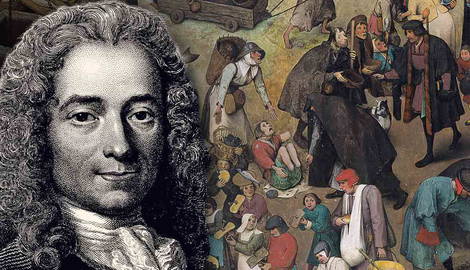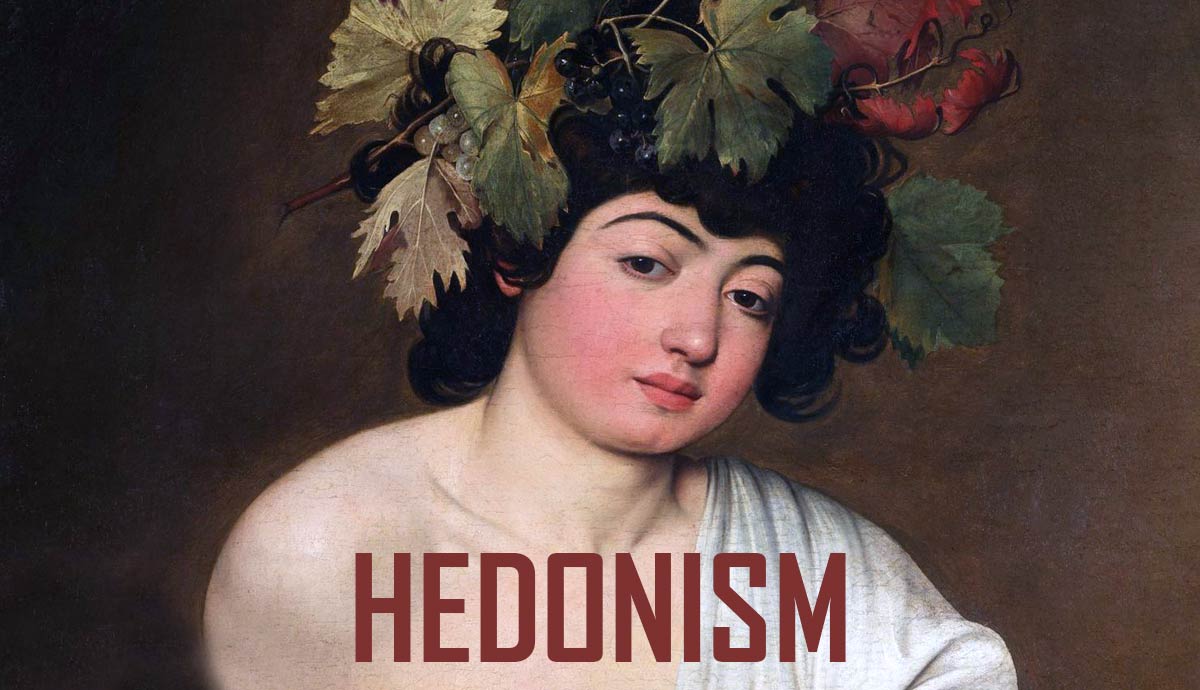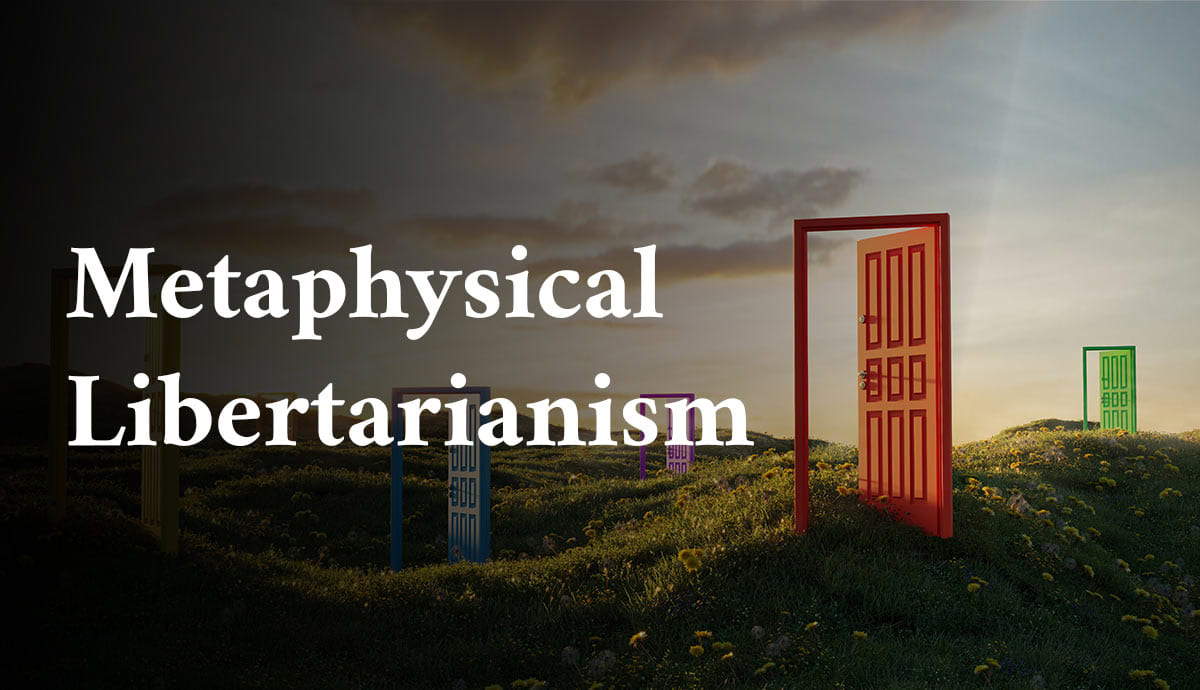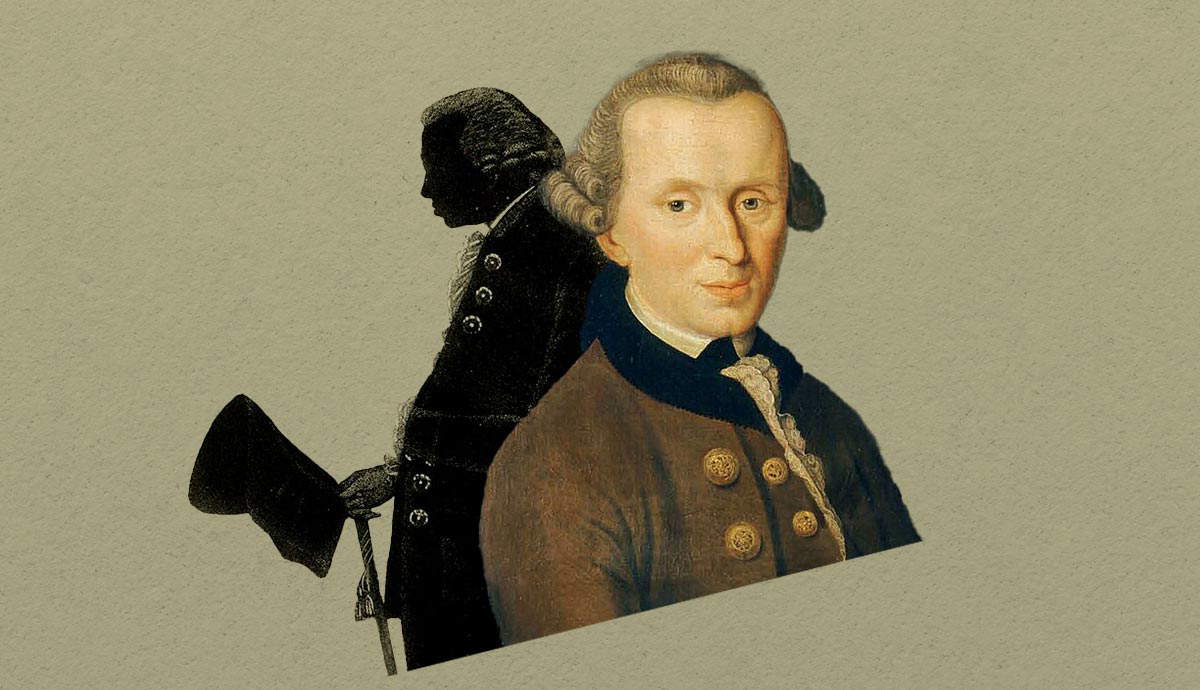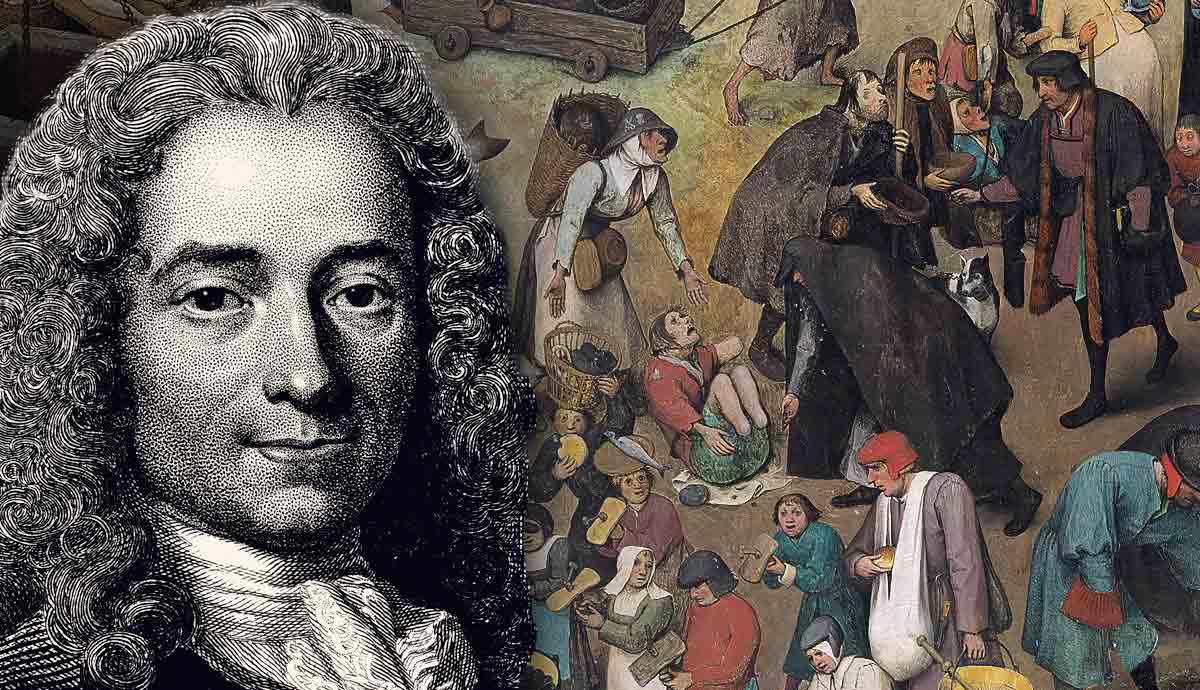
Voltaire’s Candide is a brilliant satire that mercilessly mocks the philosophy of optimism put forth by philosophers like Leibniz. Through a series of ridiculous events, Voltaire shows how dangerous it is to believe things will always work out for the best—“in this best of all possible worlds.” So, let’s take a closer look at how Candide debunks optimism. The novel does away with this idealistic way of thinking and offers us instead a realistic view of life’s difficulties—and what we might do about them.
The Philosophy of Optimism: Leibniz’s Influence
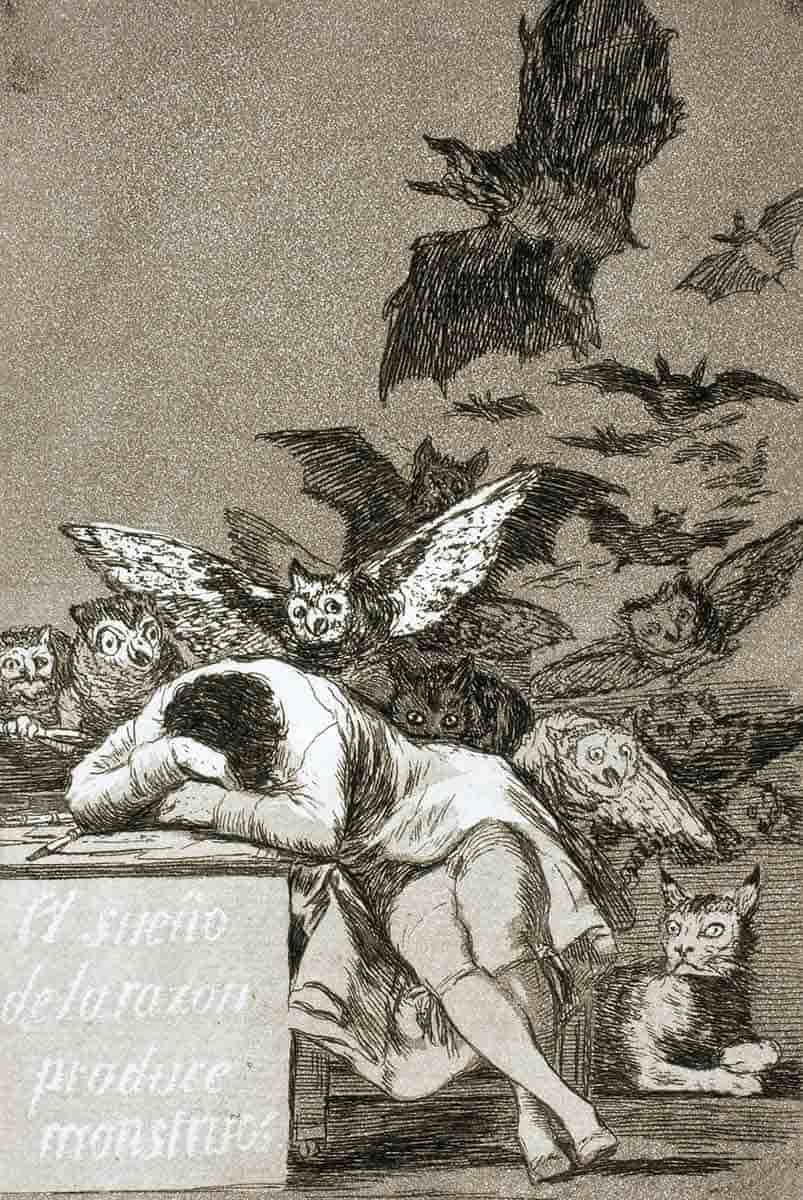
Leibniz’s philosophy of optimism states that we live in the best world there is. Despite evil and suffering, our world contains the optimal mix of good things and bad things. If God is good and all-knowing, as Leibniz believed, then surely he would have created nothing less than the best possible reality.
In Candide, Voltaire brings this philosophy to life with Dr. Pangloss, a tutor who insists on being relentlessly upbeat about everything—even when terrible things happen. By having Pangloss argue that every disaster or mishap (from earthquakes to hangings) must be part of a divine plan to bring about something better, Voltaire uses satire to skewer Leibnizian optimism itself.
In Candide, Voltaire takes aim at Leibnizian optimism through the character of Pangloss. He is exaggerating his views to the point of absurdity in order to reveal their ridiculousness when confronted with real-world hardship.
As calamity after calamity occurs, Pangloss’s claim that everything is always for the best becomes more and more ludicrous. It is a clear example of how philosophy can differ wildly from lived experience.
By using Pangloss as a mouthpiece, Voltaire isn’t just poking fun at one person’s ideas. He is criticizing the hazards of unchecked optimism itself. An outlook that ignores difficulties or pain because it doesn’t grasp—or doesn’t wish to confront—how awful things can actually be.
The Problem of Evil: A Challenge to Optimism
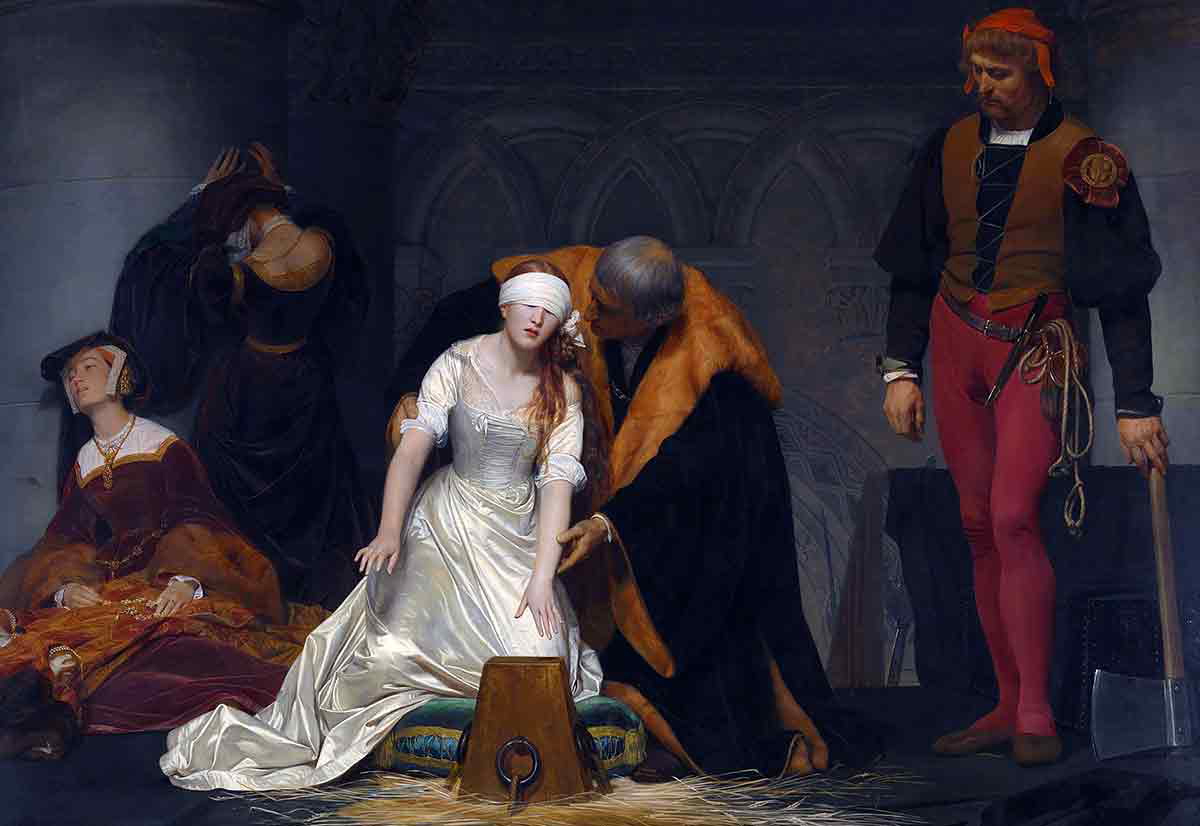
In Candide, Voltaire takes on one of philosophy’s greatest conundrums: If there’s an all-powerful and loving God, how come the world is such a miserable place? Throughout his novel, Voltaire doesn’t let up on earthquakes, warfare, double-crossings, or hideous punishments—for good reason.
By letting Candide experience one disaster after another, Voltaire shows us vividly that humanity can be just as savage as nature. There’s an earthquake but also the Inquisition’s gruesome doings.
These terrible events make it hard to believe, too, hopefully, in the idea that “everything happens for the best,” as Pangloss does. Each calamity knocks down optimism about suffering serving some greater purpose. With his catalog of horrors, Voltaire shows us how absurd it would be to think such misery needs justification at all.
Voltaire wants readers to question oversimplified explanations for why bad things happen by proving that even the most hopeful way of thinking falls apart when serious evil enters the picture.
He also suggests that unthinking positivity doesn’t help us deal with pain and may even make it harder for us to think clearly, care about others, or do anything sensible about the world’s troubles.
Satire as a Tool: Voltaire’s Literary Approach
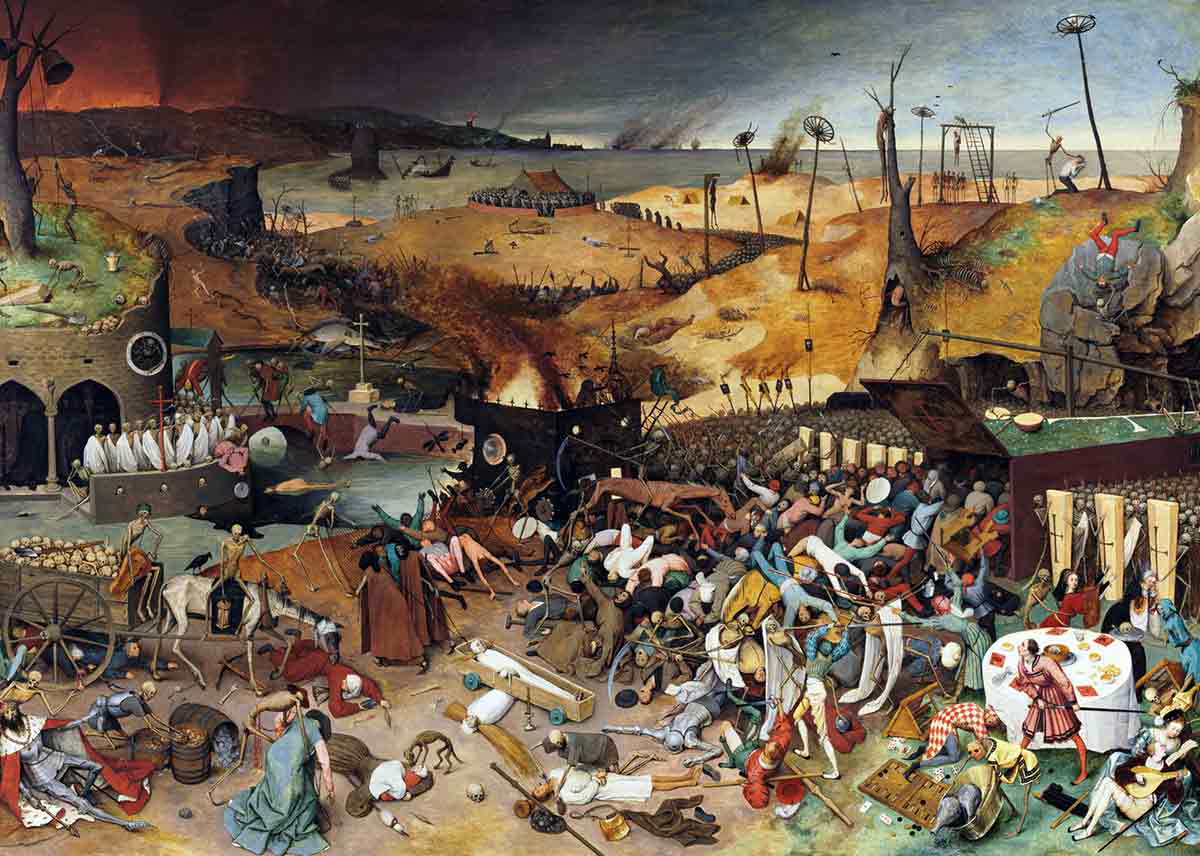
Voltaire makes fun of optimism in Candide by using satire. He uses this writing technique to show that Pangloss’s belief—that everything is for the best—is silly.
One way Voltaire does this is by giving examples that show how extreme Pangloss’s thinking can be made to seem ridiculous. When Pangloss loses an eye and an ear but still says he thinks everything is for the best, it highlights just how absurd unthinking optimism in the face of obviously terrible things can be.
Another example of satire occurs when Candide and Pangloss are nearly executed in an auto-da-fé—a public act of penance intended to stop earthquakes from happening again. By suggesting that people could believe burning others alive might somehow make tectonic plates more stable, Voltaire is both poking fun at irrational superstitions.
Voltaire’s satire is not only humorous but also a serious criticism. It shows that adhering to optimistic philosophies can make people passive and willing to accept evil. Through making readers laugh at Pangloss’s stupidity, Voltaire shows how risky and limited simple ways of thinking can be.
He suggests we need to be realistic and do something about life’s problems rather than ignoring them with platitudes. So the point of his satire is not just to amuse—it’s also meant to wake people up philosophically.
The Journey of Candide: From Optimism to Realism
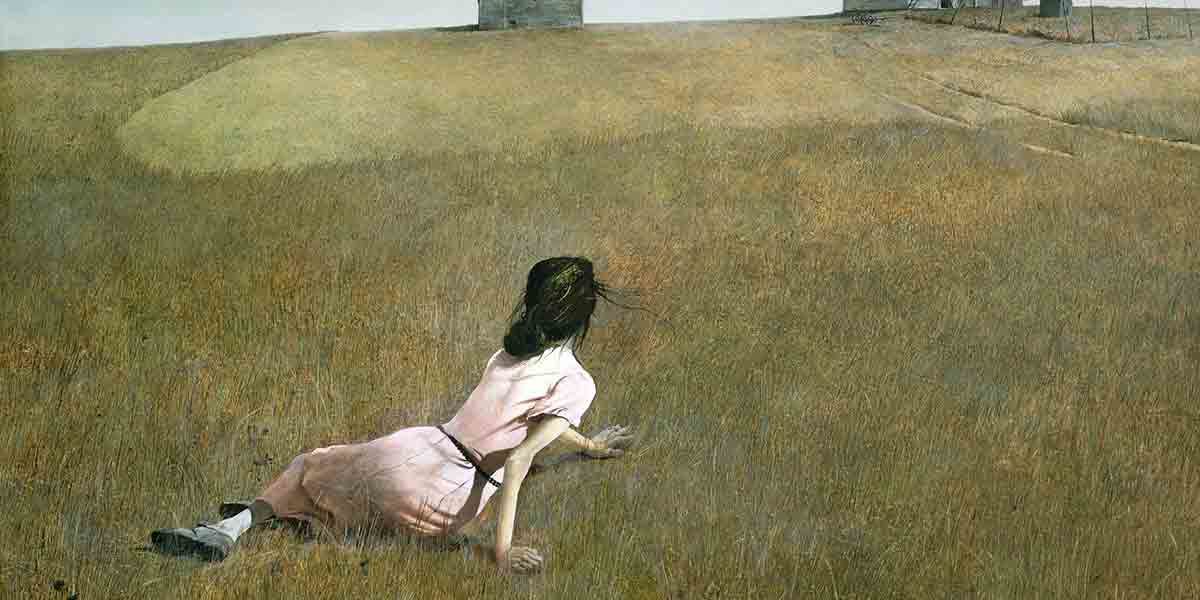
Throughout the story, Candide undergoes an evolution that marks a transition from naive optimism to hardened realism—a shift brought about by his continual encounters with pain and letdown.
In the beginning, Candide unwaveringly buys into Professor Pangloss’s sunny idea that “all is for the best.” But as he sees things like war, fakery, foul weather, and people being mean to each other—after a while, this starts to change.
One big turning point arises while he is in the middle of the horrific Battle of the Bulgars. Witnessing awful things happen for no good reason causes him to wonder whether there really is any kindness and purpose behind everything that goes on.
As Candide continues on his journey, he loses optimism. A run-in with a mutilated slave in Suriname shows him how terrible slavery can be—and makes him wonder if everything actually does happen for the best. Meeting swindlers like Vanderdendur further convinces Candide that human beings may not be such great creatures after all.
But Candide’s full transformation doesn’t occur until he grasps this concept: “We must cultivate our garden.” In that moment, he stops passively believing in fate—and decides to work hard at making changes instead.
Rather than sit around waiting for the world to miraculously become perfect, Candide chooses to take actions that will have real effects and mean something to him.
Voltaire ends his novel with this strong statement because he wants to push back against the idea of believing everything will be fine if we just stay positive all the time. Instead, we need to work hard every day if we want things to improve.
The Role of Reason and Empiricism in Voltaire’s Critique
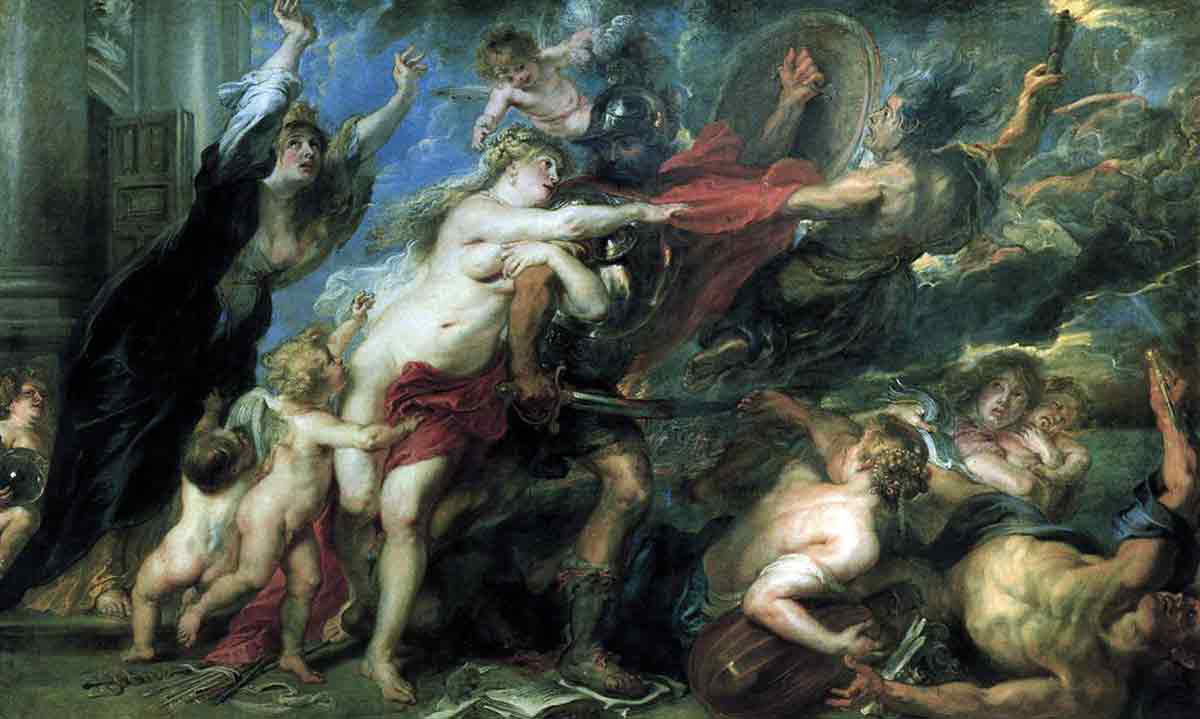
In Candide, Voltaire uses reason and empiricism to show how silly it is to be blindly optimistic. Instead, he argues for a philosophy that’s based on practical experience over abstract ideas.
For example, although Pangloss always looks on the bright side, characters such as Martin, the scholar, don’t take this attitude seriously. They think suffering might teach you something—and they watch people closely (if not always compassionately) in order to find out whether or not this hunch is correct.
Voltaire makes it clear through Martin’s character that we should value critical thinking and common sense more highly than unachievable dreams.
The farmer Candide meets at the end of the book is sensible, too, and gives yet another voice to reason. He doesn’t worry about abstract arguments but concentrates on things he can do himself and see the results of—like growing vegetables.
This has a big effect on Candide. By now, he is tired of Pangloss constantly explaining how all the terrible things that happen are really for the best. The encounter with the farmer makes him realize that hard work that serves a purpose can be more satisfying than just thinking clever thoughts.
Voltaire introduces these two characters with different attitudes for a reason. He’s saying that genuine wisdom isn’t found in Pangloss’s non-stop talk about this being “the best of all possible worlds.” It comes from thinking carefully—and then acting sensibly.
The Legacy of Candide: Impact on Enlightenment Thought
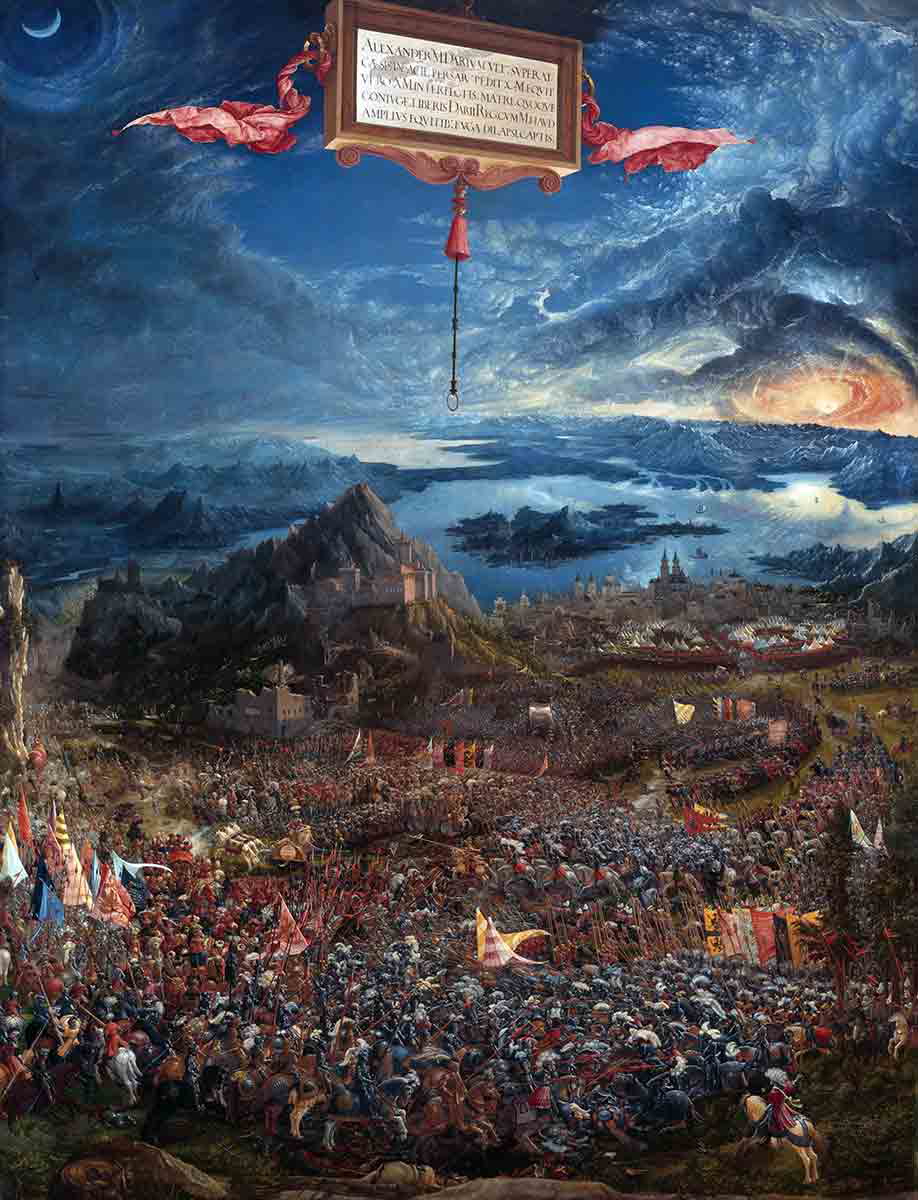
In the Enlightenment period, Voltaire’s Candide caused a stir. The novella was seen as audacious because it satirized the philosophy of optimism, and many intellectuals debated its ideas fervently when it was published in 1759.
Voltaire’s cutting humor and thought-provoking writing style directly challenged dominant ways of thinking at that time—especially the belief that “everything is for the best.”
Enlightenment thinkers were all about using reason, science, and ideas about social progress to move society forward. They saw reflections of their own beliefs in Voltaire’s work. But he also smashed up lots of other cherished ideas about how we live in a perfect world.
Voltaire’s criticism struck a chord in conversations about the existence of evil, the importance of reason, and the need for proof. People began to think more deeply about why humans suffer and what it all means instead of simply believing things happen for a reason.
Candide also inspired those who thought people could use their brains to understand and improve their own lives—rather than just putting up with whatever happened because it must be part of God’s plan.
Even now, Candide is considered an important book by both thinkers and artists. Its ideas can still shock you out of your old ways of seeing things—and make you want to do something. That’s why people still argue about whether or not everything really is for the best (as Pangloss says).
So, What Is Voltaire’s Critique of Optimism in Candide?
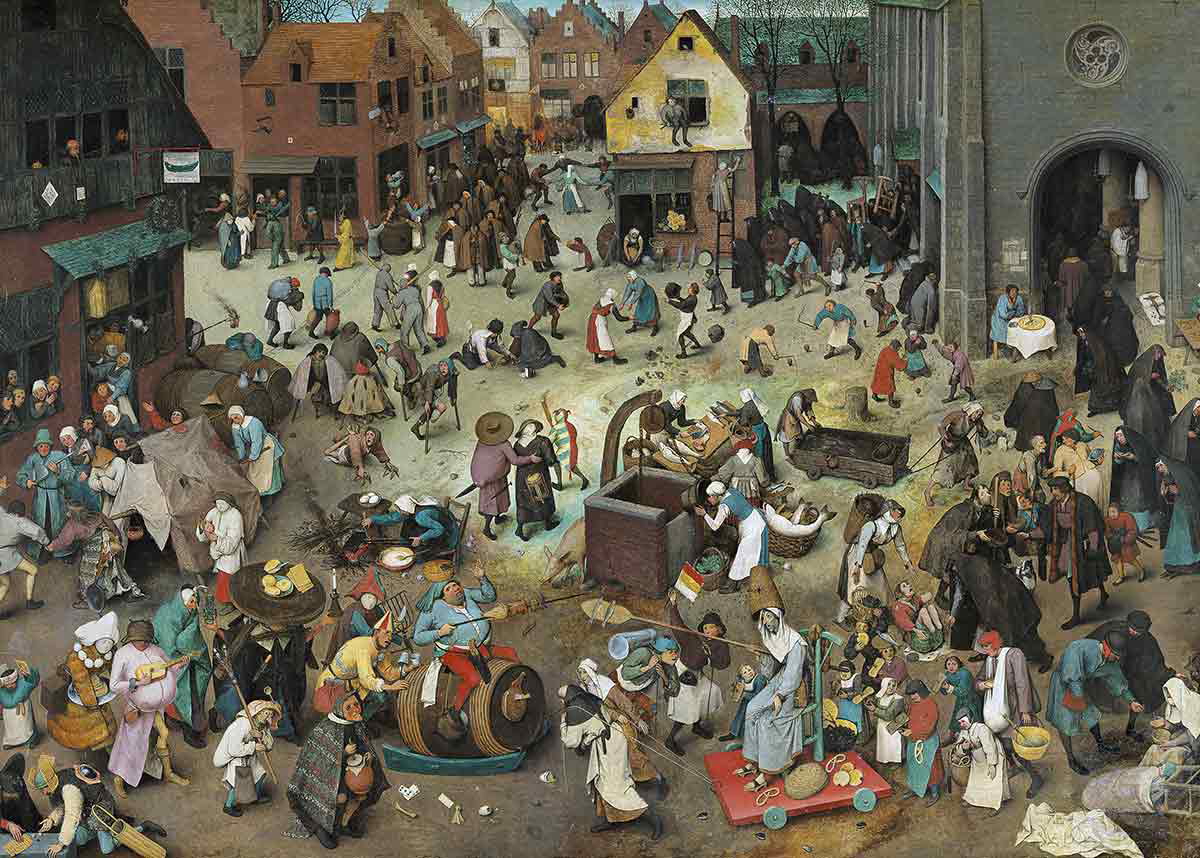
Voltaire effectively critiqued blind optimism in Candide by demonstrating that real-life examples of pain and suffering cannot coexist with Leibniz’s idea the world is “the best of all possible worlds.”
This argument did not end with the 18th-century French philosopher. His critique sparked important philosophical debates among Enlightenment thinkers who grappled with human nature’s complexity and limits to idealistic thought.
The advice Candide concludes with—“we must cultivate our garden”—still rings true today for its profound call against embracing simple solutions when faced with complex challenges. It urges people not to lose themselves in Panglossian reverie.
Rather, as they take action to deal with contemporary problems, it reminds them there is no substitute for practicality and reasonableness.
